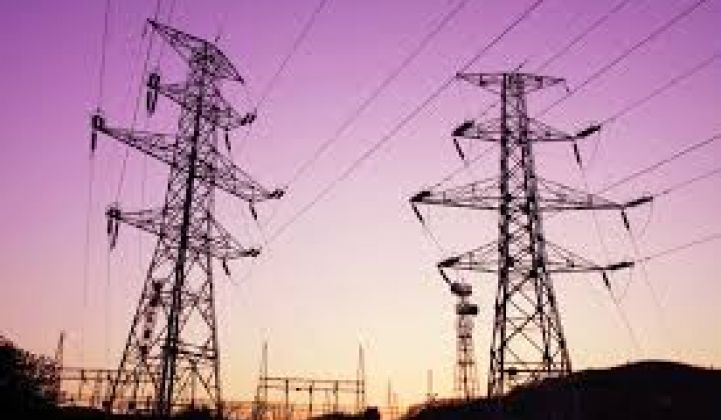Most of the United States’ electricity grid is fairly well ordered -- but parts of it remain a frontier when it comes to managing the interstate energy demands of the system as a whole.
Take the stretch of the United States from California’s Sierra Nevada to the Rocky Mountains. Unlike the rest of the country, this region lacks any federal agency like the Bonneville Power Administration or TVA, or any entity like PJM, ISO New England, NYISO and California’s Independent System Operator (CAISO), to bring regulatory oversight and market structures to the business of generating, transmitting and distributing energy in the area.
Instead, 38 electricity balancing authorities in the region all talk to one another to match supply with demand. In the days of reliable, centralized fossil fueled power, that was simpler -- but it’s a problem when intermittent wind and solar power come into the picture.
Indeed, some utilities in the region are worried they’ll end up burning more fossil fuel to manage the intermittency of wind and solar than they’ll save by using the green energy in the first place.
Problems like these are easier to solve at scale, which is why CAISO has been expanding its energy imbalance market (EIM) eastward. Since last year, the grid operator has been working on adding the generation assets run by Portland, Ore.-based PacifiCorp, and its grid covering much of Utah, Wyoming, southern Idaho and the California-Oregon border region, to its grid-balancing market.
Starting next month, PacifiCorp will start simulating the trading of generation and grid capacity every fifteen minutes on CAISO’s market, with “financially binding” operations to start in November, according to the U.S. Energy Information Administration.
CAISO is also working with NV Energy to add most of Nevada’s grid to its EIM as well, with operations set to start in fall 2015 (PDF). Both utilities are owned by Berkshire Hathaway, part of Warren Buffett’s growing energy empire, which includes big wind power developer MidAmerican Energy Holdings.

The rewards, according to a study by the Energy and Environmental Economics (E3) research group, could add up to $21 million to $129 million for PacifiCorp by 2017 or so, as the company buys lower-cost power from California’s grid or sells its own capacity when CAISO prices are high. It should also improve the responsiveness of these generation resources to the rise and fall of wind and solar generation, which are increasing across the Midwest.
It’s also likely to be a lot more efficient at allocating resources at the appropriate cost than the current system, which requires 38 separate balancing authorities to manage their own affairs at the speed of the grid.

The Department of Energy’s National Renewable Energy Laboratory has been studying the complex effects of wind and solar intermittency on fossil-fuel power plant emissions and cycling costs, and found some costs associated with the problem, though they were outweighed by the benefits of more green energy for the grid.
It’s unclear just how CAISO’s increased market share in the region could help reduce these costs, or whether alternative arrangements could help fix the problem. For example, a DOE-funded project has deployed grid sensors called phasor measurement units (PMUs) across the region, which could help give utilities a more accurate view of what’s happening on the transmission grid.
That doesn't mean that utilities in the West aren't still facing big challenges from the shift to green energy and distributed energy -- or that moves by the likes of PacifiCorp and NV Energy on this front imply support for greener grid policies across the board. For example, strategy documents have laid out NV Energy's opposition to net metering for solar-equipped customers, in favor of a system that brings utility costs to bear in determining how much people are paid for their solar kilowatts.



